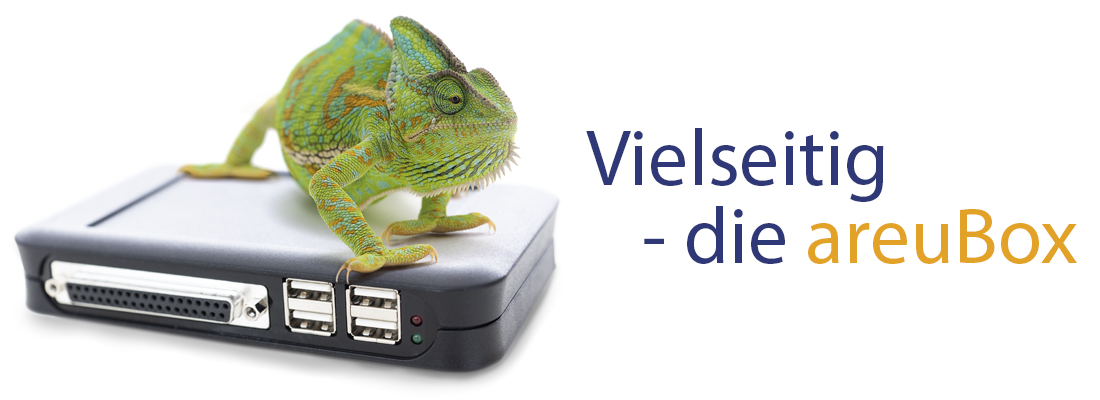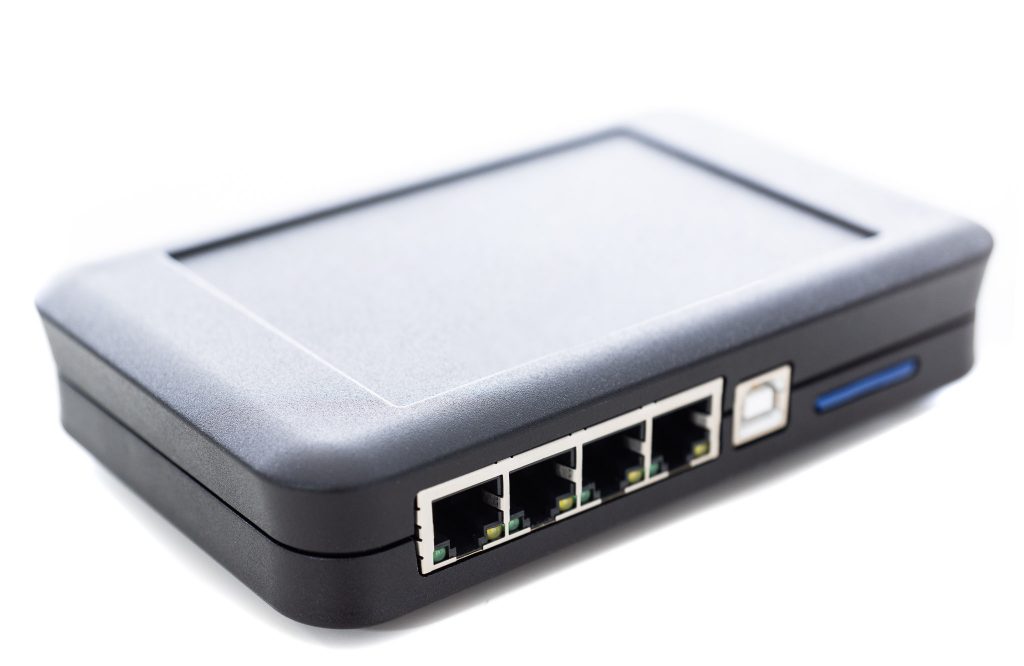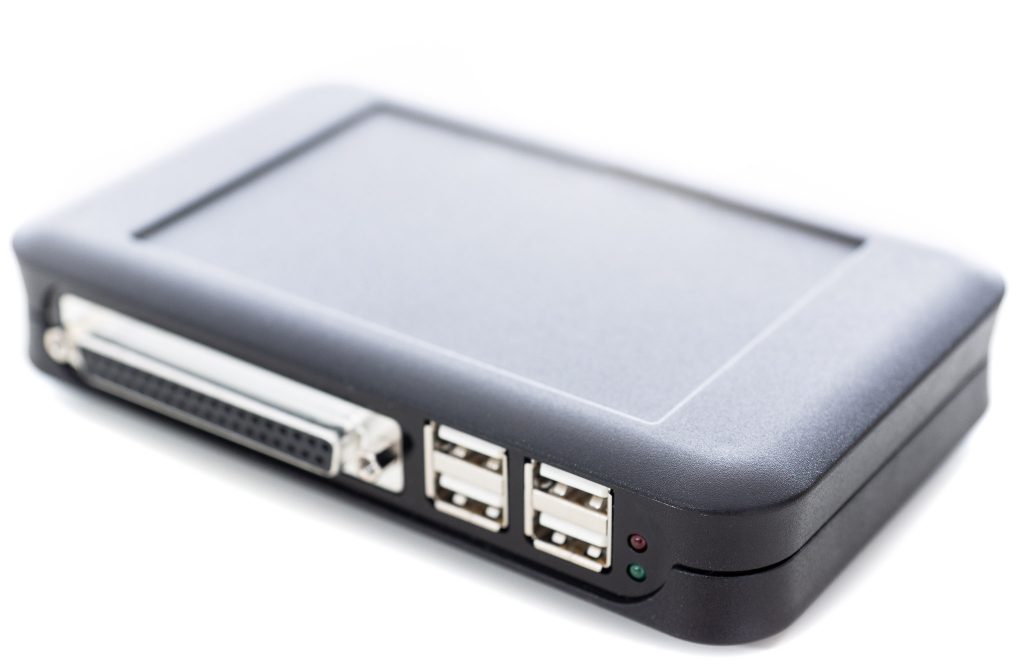Contact
Areus GmbH
Einsteinstraße 13
71083 Herrenberg
Germany
- +49 (0)7032 32098-0
- +49 (0)7032 32098-829
- info@areus.de
Quality management
We have been officially certified to DIN EN ISO 9001:2015 since July 2017.
The areas of application include engineering services for automotive electronics and media technology and the production of electrical and electronic components.
Download center
You will find everything you need to know about our company and products in our download center.




